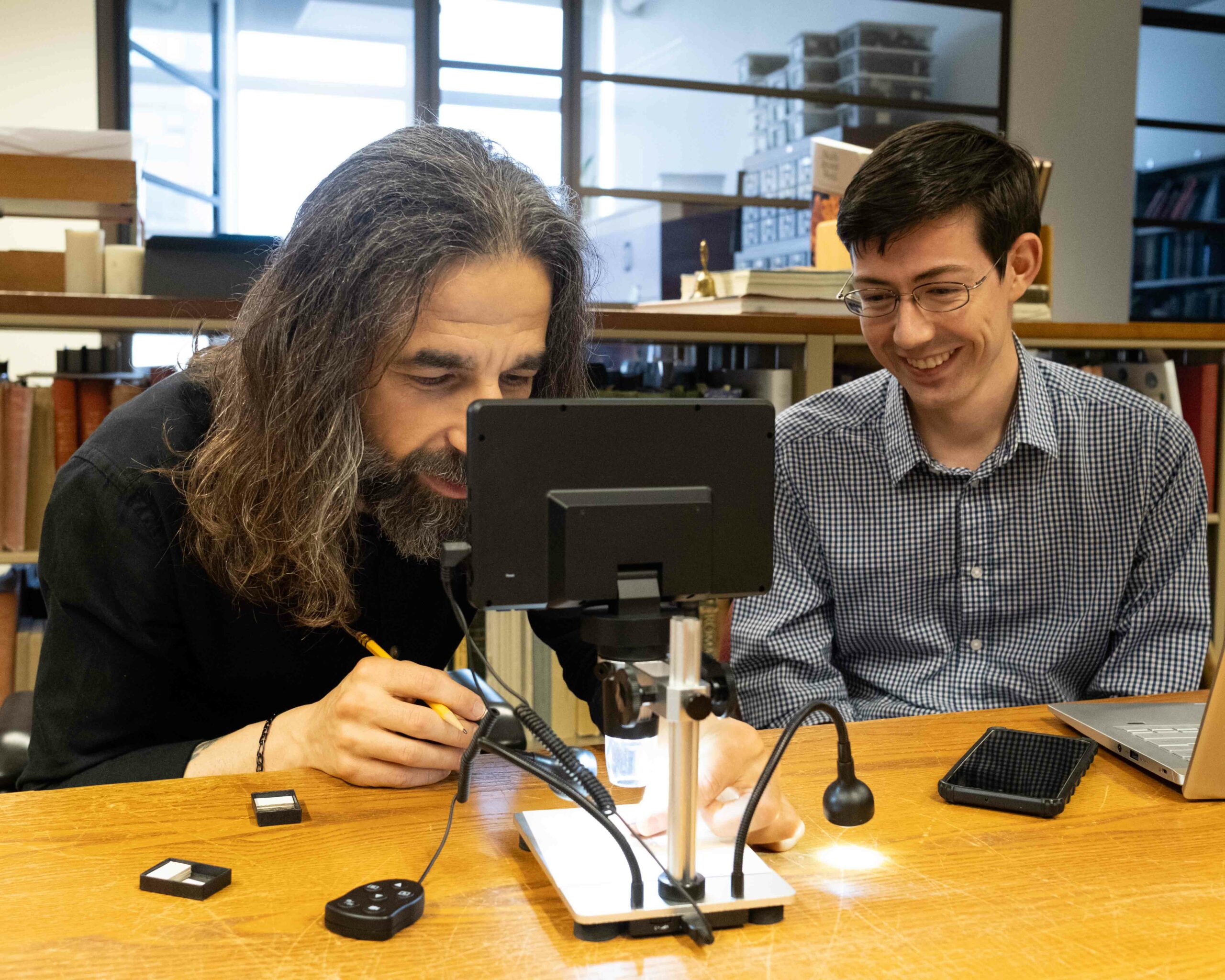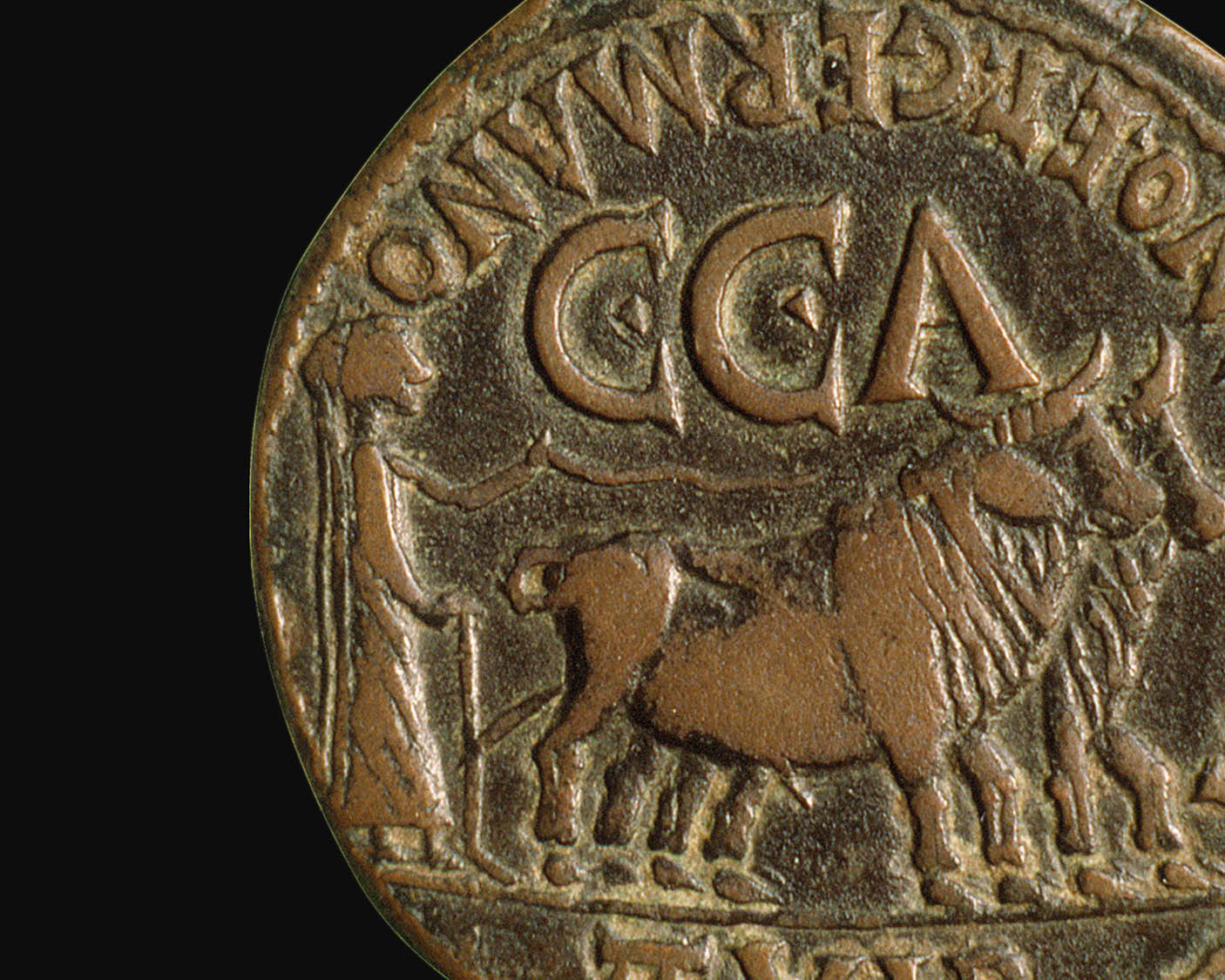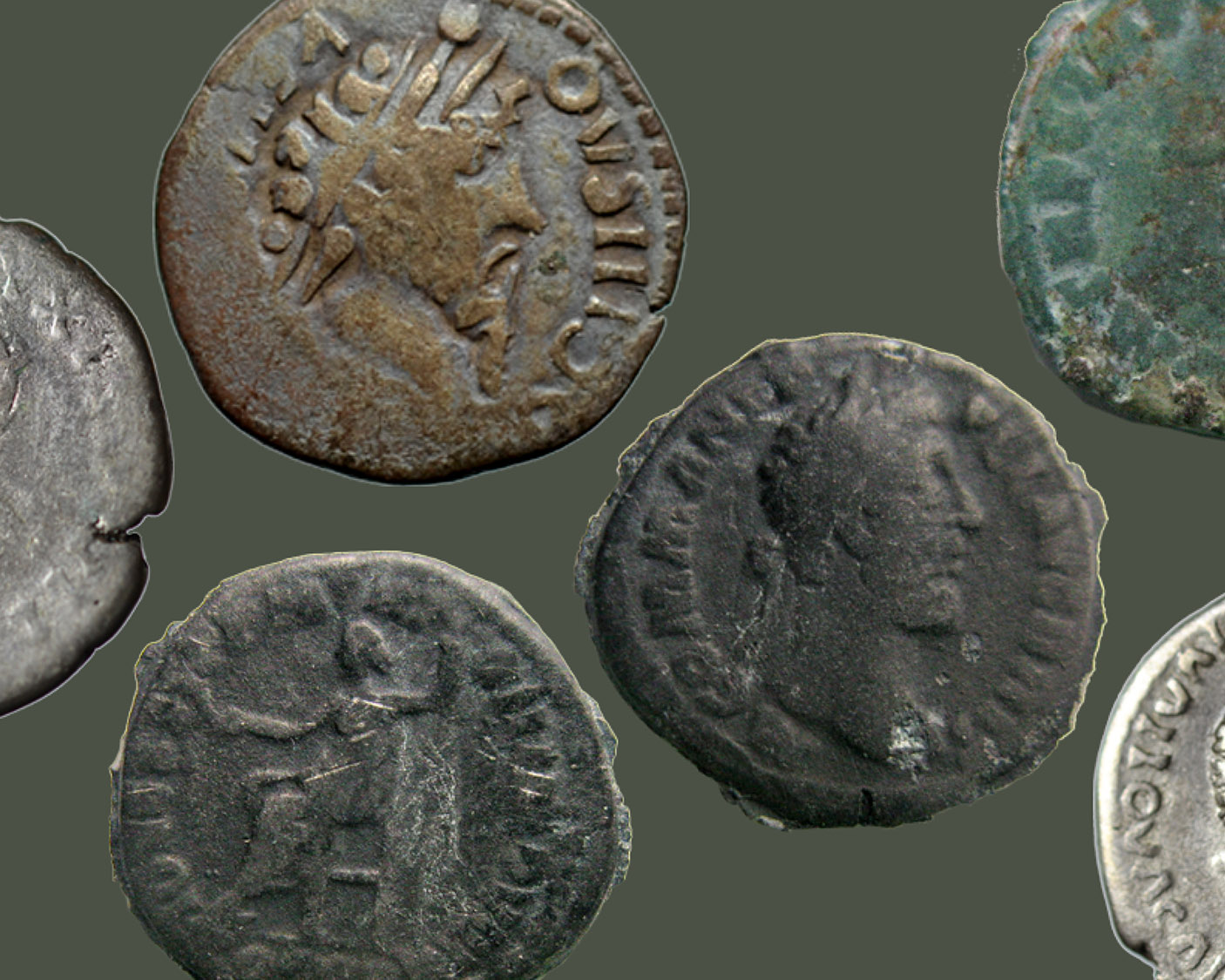Ancient and Medieval East and South Asia
East Asian coins are noticeably different from Western coins and evolved separately from the Greco-Roman tradition. China and India both created independent coinages and weight standards at about the same time that the Lydians were creating the first coins of the Mediterranean world.
India’s native silver bars were influenced by Greek coins. The conquests of Alexander the Great brought a Bactrian Greek population into India, and Indian rulers imitated the coinage of Alexander and his successors. Roman merchants also traded extensively with India, which established the use of the Roman denarius. Over the centuries, these imitations evolved into purely Indian designs.
In China, money evolved from the use of cowrie shells to the casting of coins in the form of tools, such as knives or spades. The state of Qin united the country in 221 BC and imposed its copper-nickel banliang, or half-ounce coin, on the rest of the empire. The Chinese emperor was distant from his subjects and portraiture is not a feature on these coins. The banliang was a round coin with a square hole in the center. Its weight and size continued to evolve, but its basic design was used in China, Japan, Korea and Viet Nam until the 19th century. Although these copper issues were use for daily purchases, silver and gold were also used as bullion.
Southeast Asian countries such as Thailand, Laos and Cambodia were culturally influenced by both India and China. Although coins themselves are rare, the designs incorporated on their silver ingots often reveal features of both empires.
Early Chinese Money
Gold or silver coins issued by Chinese rulers are exceedingly rare. Chinese money evolved from cowrie shells to representations of agricultural tools, such as knives and spades. In 221 BC, Qin Shihuangdi unified China, forcing his banliang coin on the empire. This round coin with a square hole set the standard of appearance for Chinese coins for 2,000 years.

Gold ingot with inscription “50” (c. 700 BC).
1933.23.1

Bronze knife of the Zhou Dynasty (c. 1122-255 BC), 6th-5th centuries BC, probably a prototype not for circulation.
0000.999.26531

Bronze ming knife of Yan state (475-221 BC).
1937.179.18679
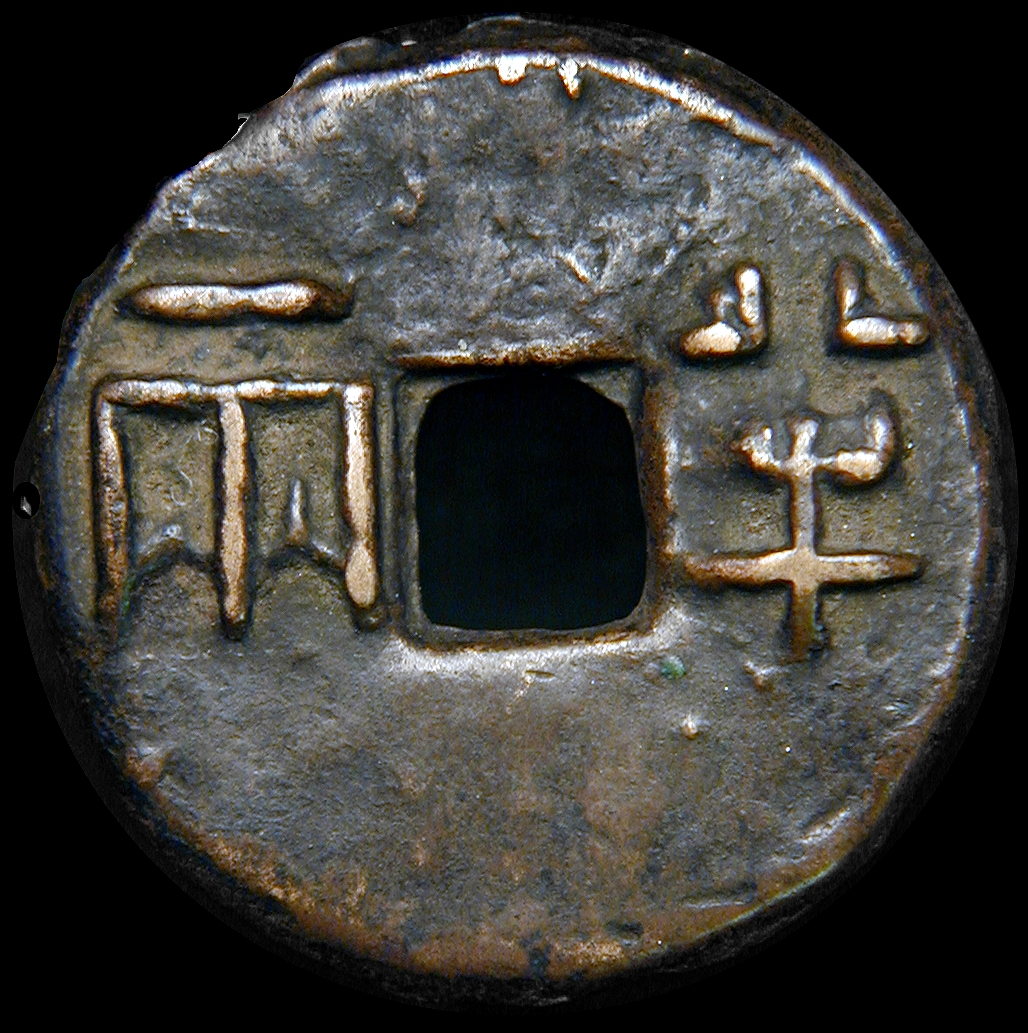

Bronze banliang coin of Qin state (330-221 BC).
1937.179.30550
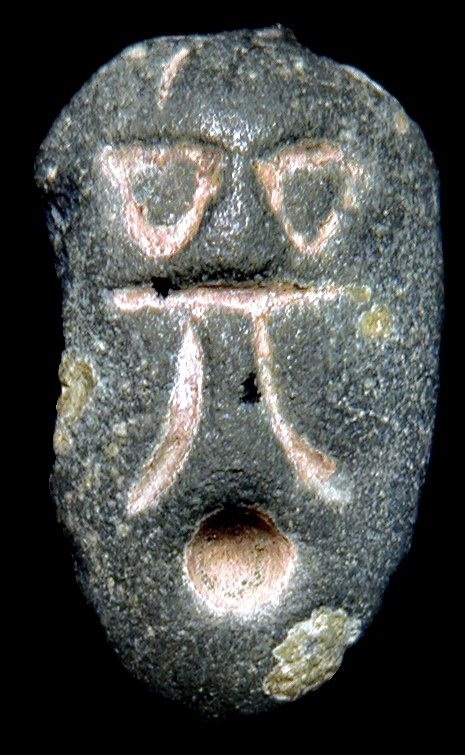
Stone “ant-nose” coin of Zhu state (c. 420-c.230 BC).
1910.46.1

Bronze half-jin spade of Wei state (475-221 BC) from Pingyang mint.
1937.179.16069
The Reforms of Wang Mang
During the Han Dynasty (206 BC-AD 221), Wang Mang (AD 9-22) briefly usurped the dynasty and declared himself emperor. He attempted to return to the use of cowrie shells and knives. His failure left the empire in fiscal crisis. Only silver ingots were trustworthy. In future generations the banliang was abandoned for the new wuzhu coin.

Bronze hybrid 5,000-cash knife coin of Wang Mang from the mint of Pingyang.
0000.999.26528
photo?
Eastern Han Dynasty, 20 tael silver ingot, issued during the reign of Emperor Huandi (AD 147-168).
1937.179.19823
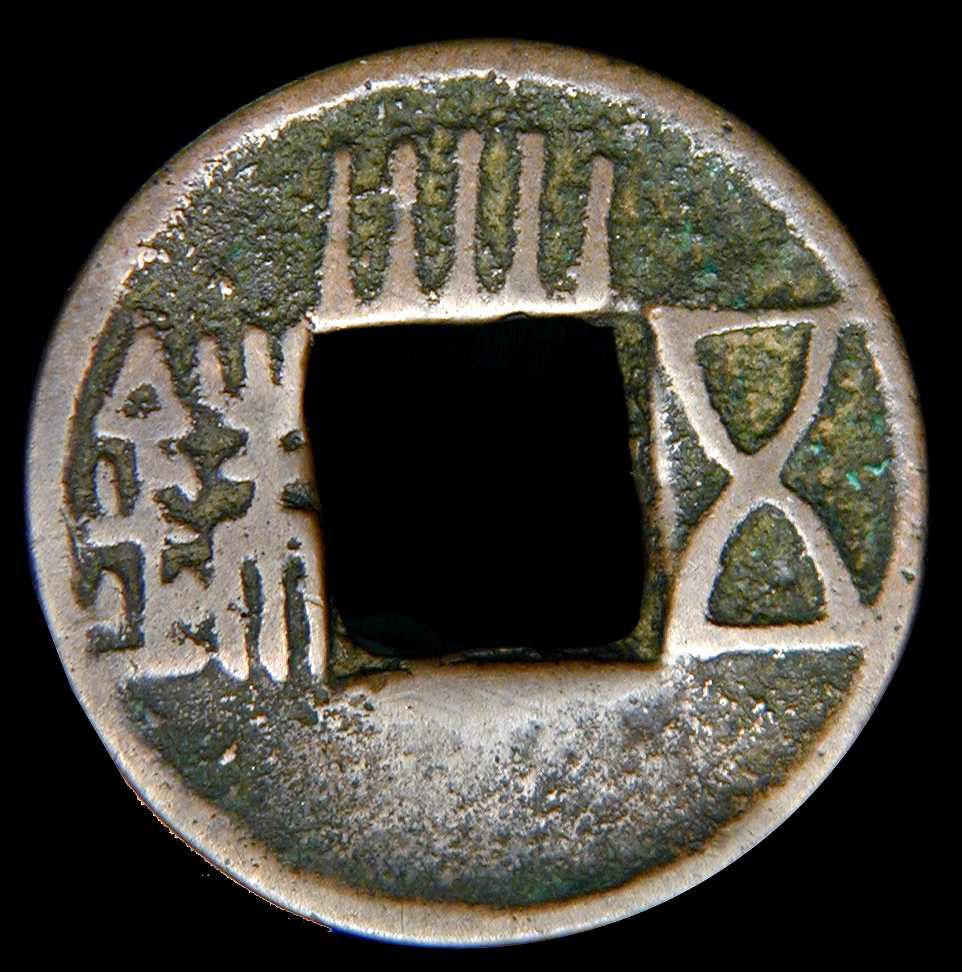

Bronze wuzhu coin issued under the later Han Dynasty (AD 25-220).
1937.179.19934
The Tang and the Tongbao
The Tang Dynasty (AD 618-906) introduced a coin that would become the “Euro” of Asia for more than 1,000 years. The tongbao was introduced, copied and used in Korea, Viet Nam and Japan. This greatly eased trade throughout East Asia, as goods could be paid for in a common currency until the 19th century.


Copper cash Kai Yuan Tongbao issued under the Tang Dynasty (AD 618-906).
1995.44.63
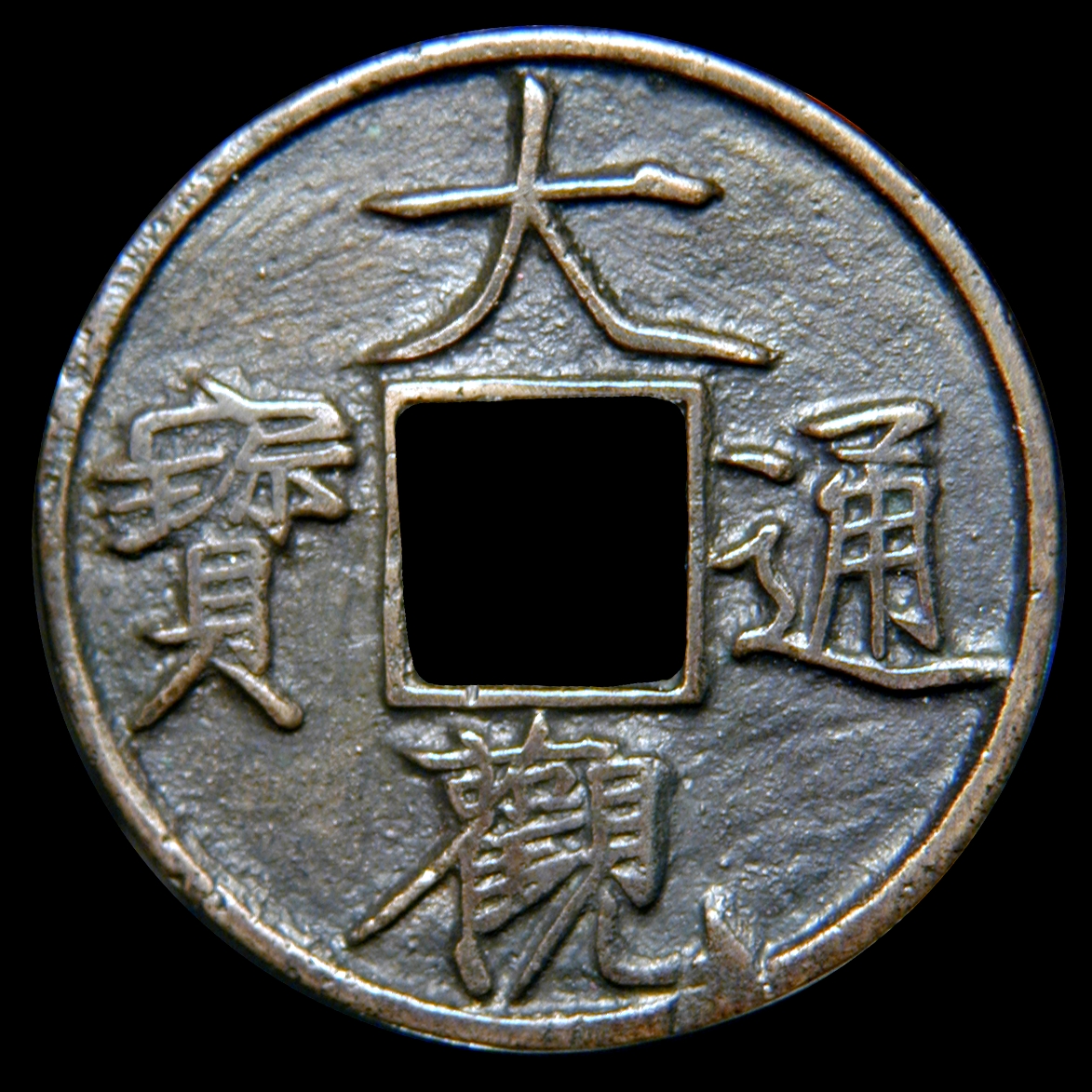
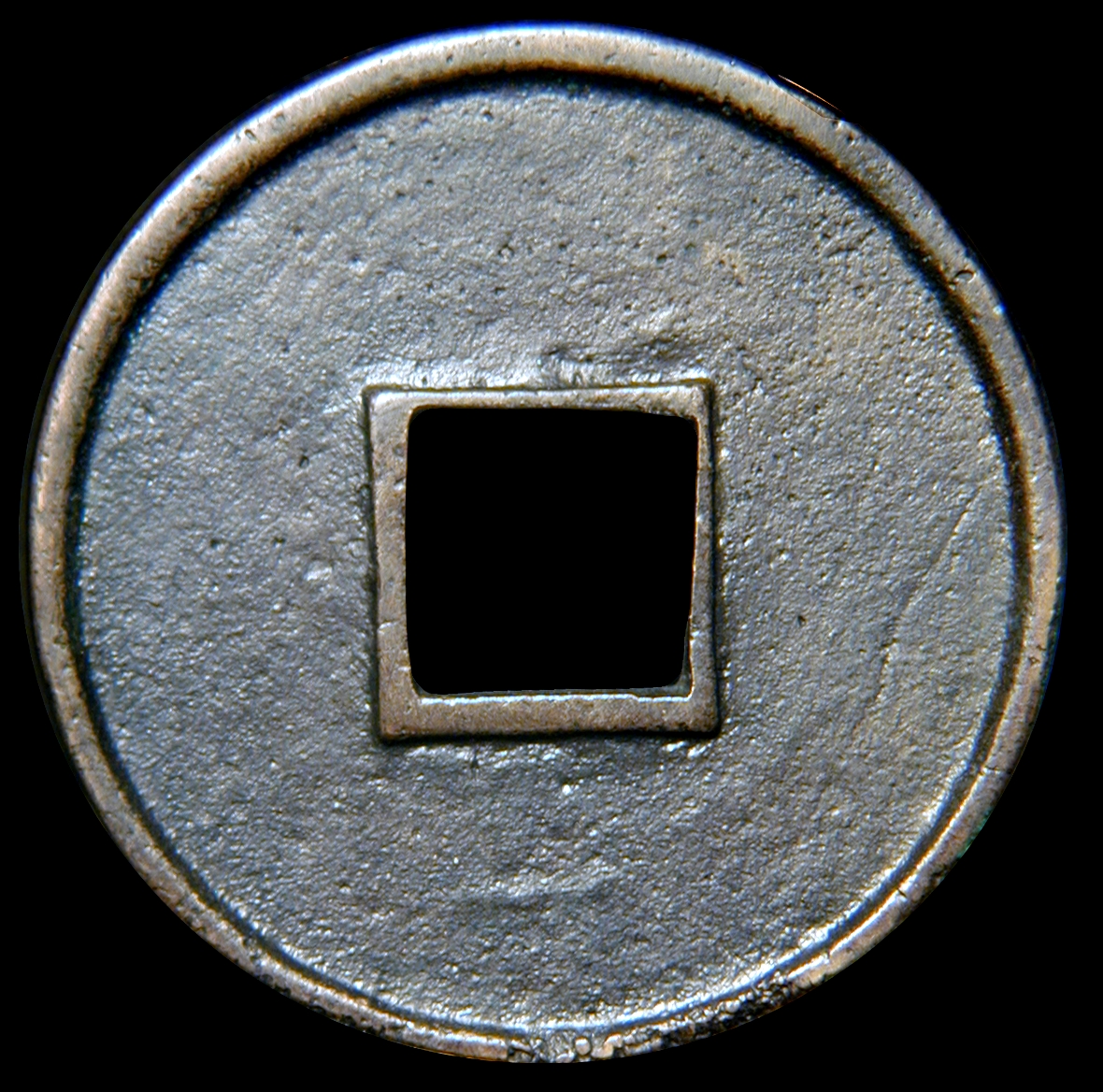
Copper 10 cash Da Guan Tongbao of the Song Dynasty Emperor Huizong (AD 1101-1126), from the Beijing mint.
0000.999.75824
Viet Nam
Viet Nam became a vassal state of China in 111 BC. Chinese language, customs and monetary usage became the norm in what was known as “Annam,” A rebellion in 905 allowed the first period of independence. The Chinese re-captured Annam in the early 15th century, but could not maintain their hold. By 1426 the Le Dynasty had re-established self-rule.


Copper cash Hi Nguyên Thông Báo of Annam resistance leader Nguyên Bô’ Xu’ng (AD 1379-1382).
1957.187.745


Copper cash Thánh Nguyên Thông Báo of Annam resistance leader Hô Qúi Ly (AD 1400-1403).
0000.999.75823


Copper cash Quang Trung Thông Báo of Emperor Nguyêñ Văn Huê (AD 1786-1792).
1937.179.30729
Japan
Japan adopted the Chinese currency system in the 8th century AD when Yamato Empress Gemmei sent for Chinese artisans to cast coins in Japan. From the 10th to the 16th century, the Japanese abandoned the practice of producing coins. Instead, they sent metal to China for minting at the courts of the Yuan and Ming Emperors. This was returned to Japan in the form of Chinese cast coinage. During this period, silver ingots were widely used in Japan. Japanese mints did not locally produce copper coins again until the 17th century.
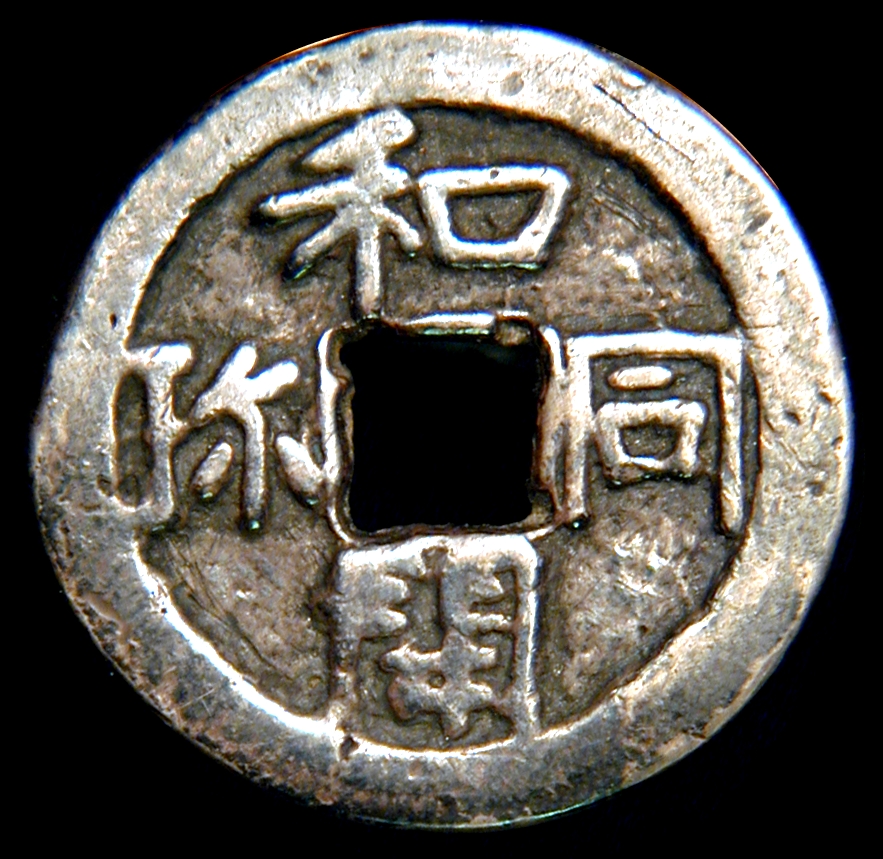

Silver commemorative cash Wa-dō kai-hō issued by Yamato Empress Gemmei (AD 707-715).
1937.179.5445
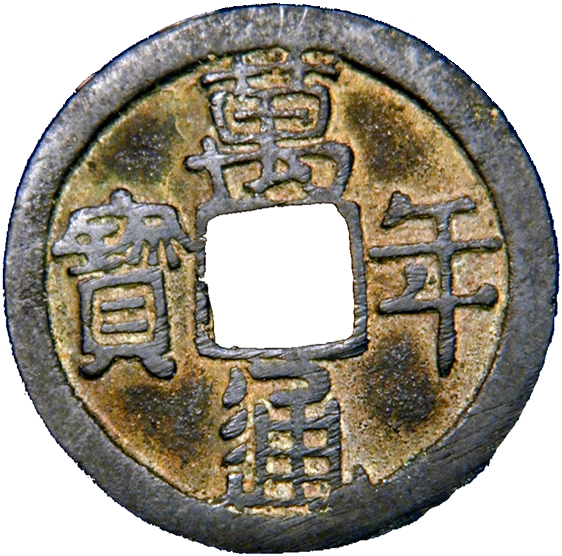
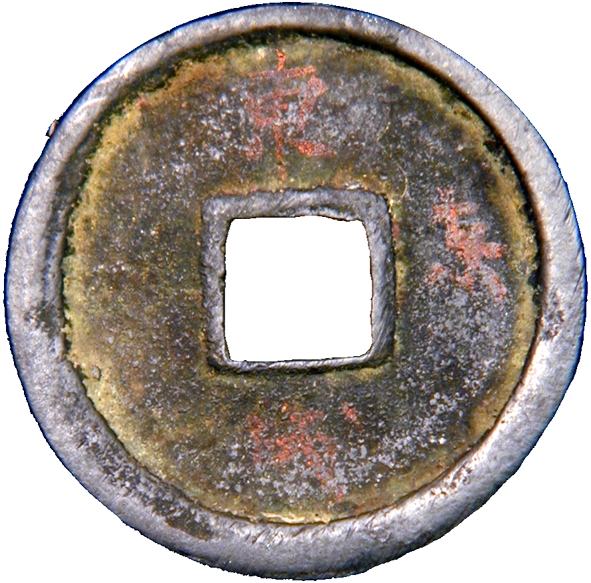
Copper cash Man-nen Tsū-hō issued by Nara Emperor Junnin (AD 758-764).
1937.179.5505

Silver stamped ingot of the Azuchi-Momoyama period (AD 1573-1603).
1937.179.5362
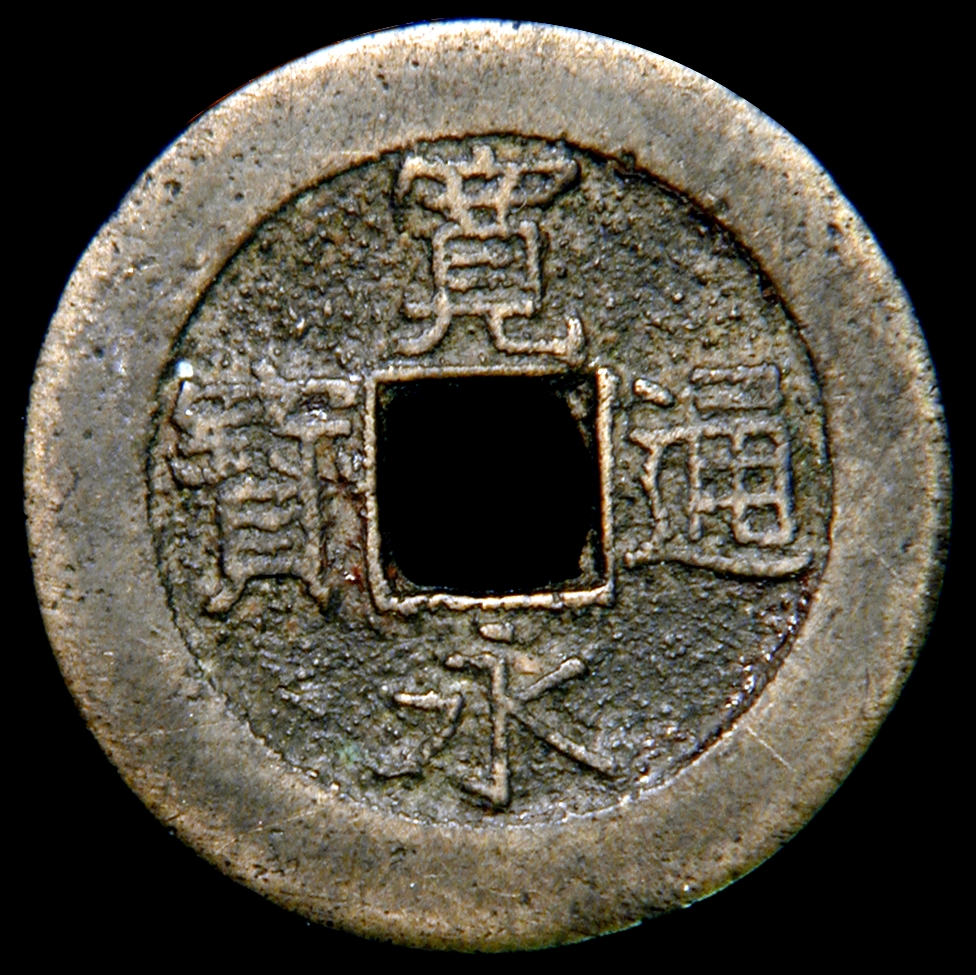

Copper 4-sen Kwan-ei-tsu-ho of Go-Sakuramachi (AD 1762-1770). This design depicts the Ni-Jiu-ichi-nami, or 21 waves, on the reverse. This variant was very rare, issued only in 1768. Most Kwan-ei-tsu-ho have 11 on the reverse.
1937.179.5268
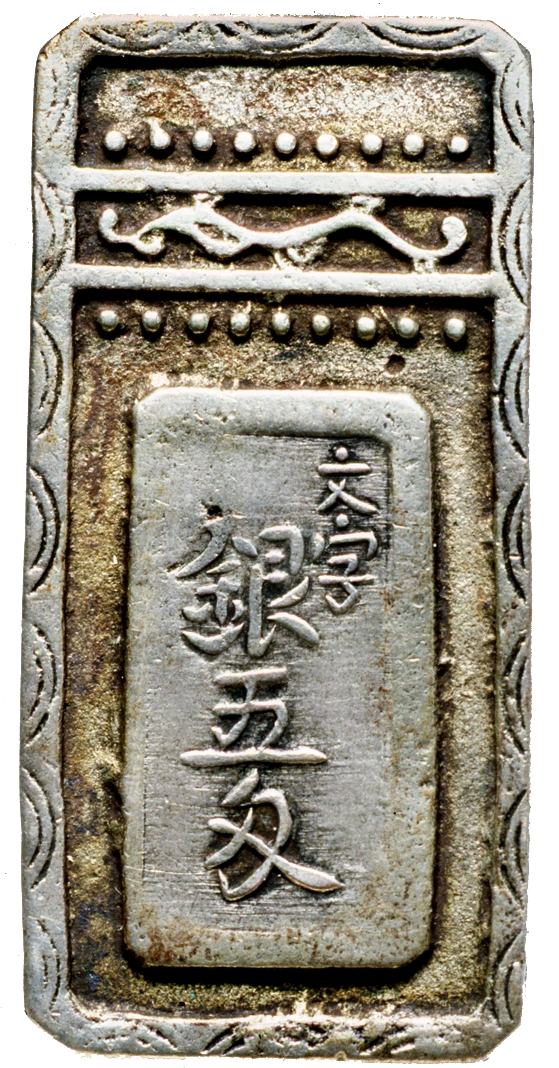
Silver gin Tanuma Gomome of Edo Empress Go-sakuramachi (AD 1762-1770).
1937.179.3847
India and South Asia
Due to a lack of written documents, much knowledge of India comes from the study of its coins. Early coins from Taxila are really punch-marked silver bars. Alexander the Great influenced Indian coins, which began to copy Greek designs. Islam and the Persian Mughal Empire entered India after its fragmentation following the Gupta Dynasty (c. AD 320-c. 647).


Punch-marked silver ingot (600-500 BC).
1980.154.3

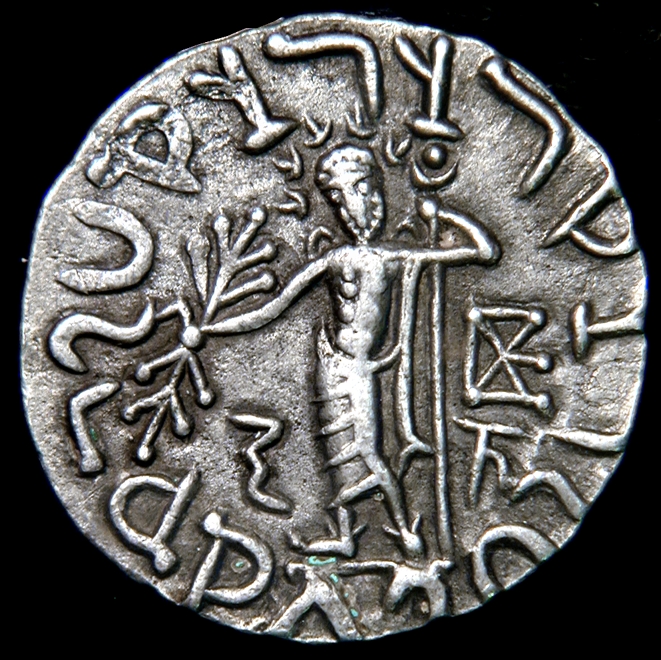
Saka 4-drachma coin of Azes I (c. 57-c. 35 BC) depicting Zeus with a thunderbolt.
1973.186.31


Kushan gold coin of King Kanishka I (c. AD 100-c. 126).
1944.100.15491


Kushan gold coin of Huvishka I (c. AD 126-164).
1948.34.1


Gupta gold commemorative coin of King Samudra Gupta (AD 335-380) depicting his deceased parents.
1967.154.13


Mughal gold rupee struck in the name of Sultan Akbar (AD 1556-1605).
1969.9.1
Southeast Asia
The kingdoms of Ayudhya, Champa, Chen-la, Sukhothai and the Khmer ranged throughout southeast Asia. Culturally, these regions were influenced by China and India, though neither country dominated. “Coinage” was often bent silver ingots with chopmarks and a mix of Buddhist and Hindu inscriptions. Thailand, Cambodia and Laos continued to use ingot silver in “bullet” and decorative forms until the 19th century.
Photo?
Silver K’āk’im (14th century AD) of the Kingdom of Sukhothai.
1935.44.21
Photo?
Silver ingot (14th-16th century AD) of the Kingdom of Lan na.
1980.109.1960


Silver “shell money” ingot (17th century AD) of Thailand.
1935.44.22


Silver 2-fuong coins (AD 1760) of King Outey II.
1975.187.16
Korea
The Chinese first established military protectorates in Korea in 108 BC. During the course of the Korean Three Kingdoms period (57 BC-AD 935), the Korean kingdom of Silla emerged as the dominant power. The Tang Dynasty (AD 618-905) fought Korea and exhausted Silla. In 935, it was absorbed by the neighboring state of Koryo. During the Koryo period (AD 918-1392), Korea prospered as China fragmented into several states. However, Genghis Khan’s reunification of China allowed him to conquer former Chinese territory. The armies of the Ming Dynasty (AD 1368-1644) left the Koryo Dynasty to rule in name only. In 1392, the new Choson Dynasty was established, which ruled until 1910.
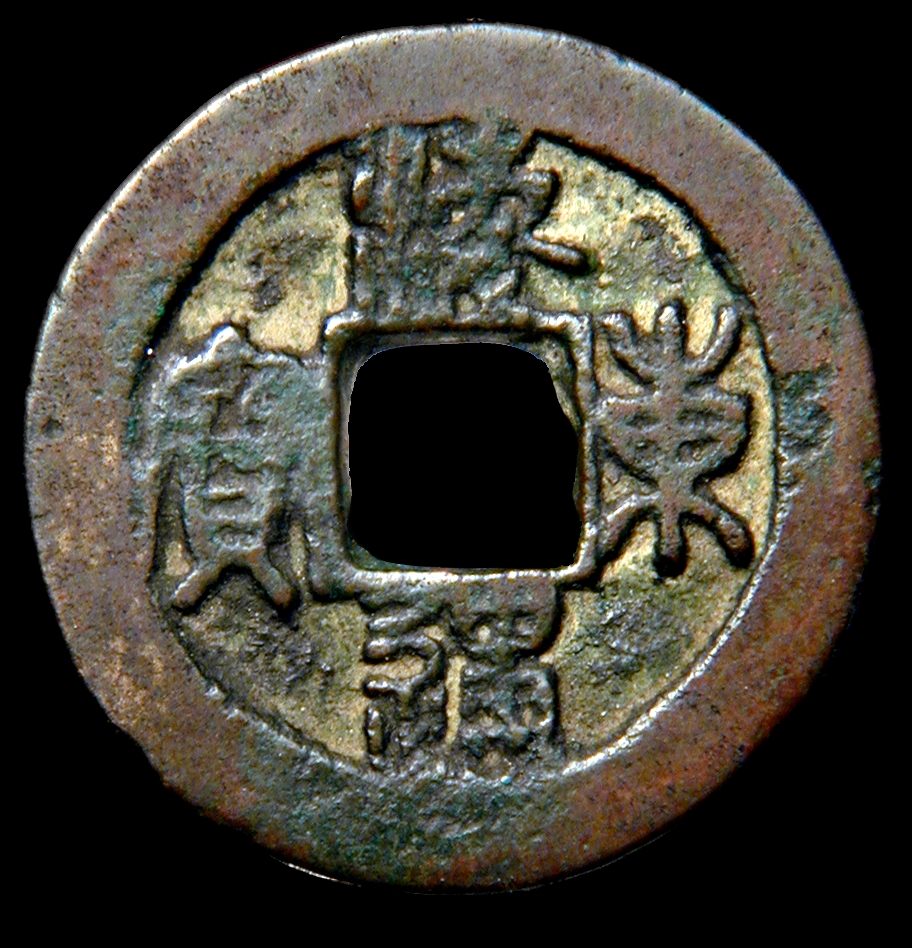

Copper cash Hae Dong T’ongbo of King Sukjong (AD 1095-1106).
1937.179.739


Copper cash Sam Han Chungbo, of King Sukjong (AD 1095-1106).
1978.252.1816


Copper cash Choson T’ongbo of King Sejong.
1978.252.2216
Exhibition Parts
I. Ancient Greece and the Mediterranean World
III. Medieval Byzantine and Islamic Empires
V. Ancient and Medieval East and South Asia
VI. New Sources: The 15th and 16th Centuries
VII. Europe in Transformation: The 17th Century
VIII. The Enlightenment: The 18th Century
XI. East and South Asia in the 19th Century
XII. Empires and Colonialism in the 19th Century
XIII. Moving West: 19th-Century America
XV. The United States in the 20th Century


